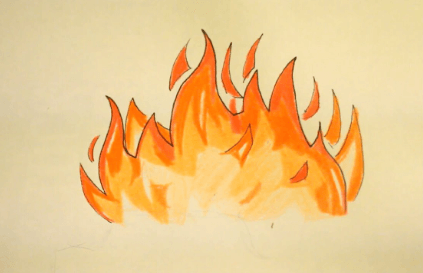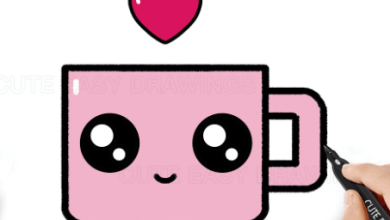Drawing:Ir6gbg1cz8w= Flames

In the realm of artistic expression, the depiction of flames serves as a symbol of passion, transformation, and power. ‘Drawing:Ir6gbg1cz8w= Flames’ offers a comprehensive guide that empowers individuals to explore the dynamic elements of flame illustration.
Through an exploration of basic shapes, movement techniques, texture applications, and color manipulation, this resource enables artists to cultivate a sense of freedom in their creative endeavors. By understanding the intricacies of flame representation, individuals are equipped to unleash their imaginations and craft evocative visual narratives.
Embrace the opportunity to delve into the art of drawing flames, where boundless creativity meets technical skill to ignite the flames of artistic vision.
Understanding the Basic Shapes of Drawing:Ir6gbg1cz8w= Flames
When studying the basic shapes of flames, it is essential to observe their dynamic forms and structures over time. Flame dynamics reveal intricate patterns of heat distribution, influencing the overall shape and behavior of the fire.
Understanding these heat patterns is crucial for predicting flame movements and ensuring safety in various settings. By analyzing flame dynamics and heat patterns, we can better comprehend the nature of fire and its potential impact.
see also: Screen:Rglnvhquq3w= Black
Adding Movement and Flow to Drawing:Ir6gbg1cz8w= Flames
Studying the dynamic movement and flow of flames provides insight into the behavior and evolution of fire in different environments. Creating animations with dynamic brushwork can capture the essence of flames in motion. By utilizing techniques that emphasize fluidity and energy, artists can convey the mesmerizing dance of flames realistically.
Incorporating dynamic brushwork adds a sense of life and movement to the flames, enhancing the overall visual impact.
Enhancing Realism With Texture Techniques
To elevate the authenticity of flames depicted in art, artists can employ advanced texture techniques that intricately capture the tactile qualities of fire. This enriches the visual experience for viewers.
Creating depth in flames can be achieved by using contrast to emphasize the bright, flickering areas against the darker, cooler regions. This technique enhances the three-dimensional aspect of the flames, making them appear more dynamic and realistic.
Exploring Color and Light Effects
The exploration of color and light effects in drawing flames is essential for achieving realism and depth in the artwork.
Color blending techniques can create vibrant flames with gradations that mimic the dynamic nature of fire.
Incorporating light reflections adds dimension and luminosity, enhancing the overall visual impact.
Mastering these elements allows artists the freedom to evoke emotion and intensity in their fiery compositions.
Conclusion
In conclusion, mastering the art of drawing flames involves understanding the basic shapes, adding movement and flow, enhancing realism with texture techniques, and exploring color and light effects.
Like a skilled artist wielding a brush, one must carefully sculpt each flame with precision and finesse, creating a mesmerizing dance of fire on the canvas.
By incorporating these techniques, one can bring life and energy to their artwork, capturing the fiery essence of flames in all its blazing glory.



